How to turn an improper fraction to a mixed number?
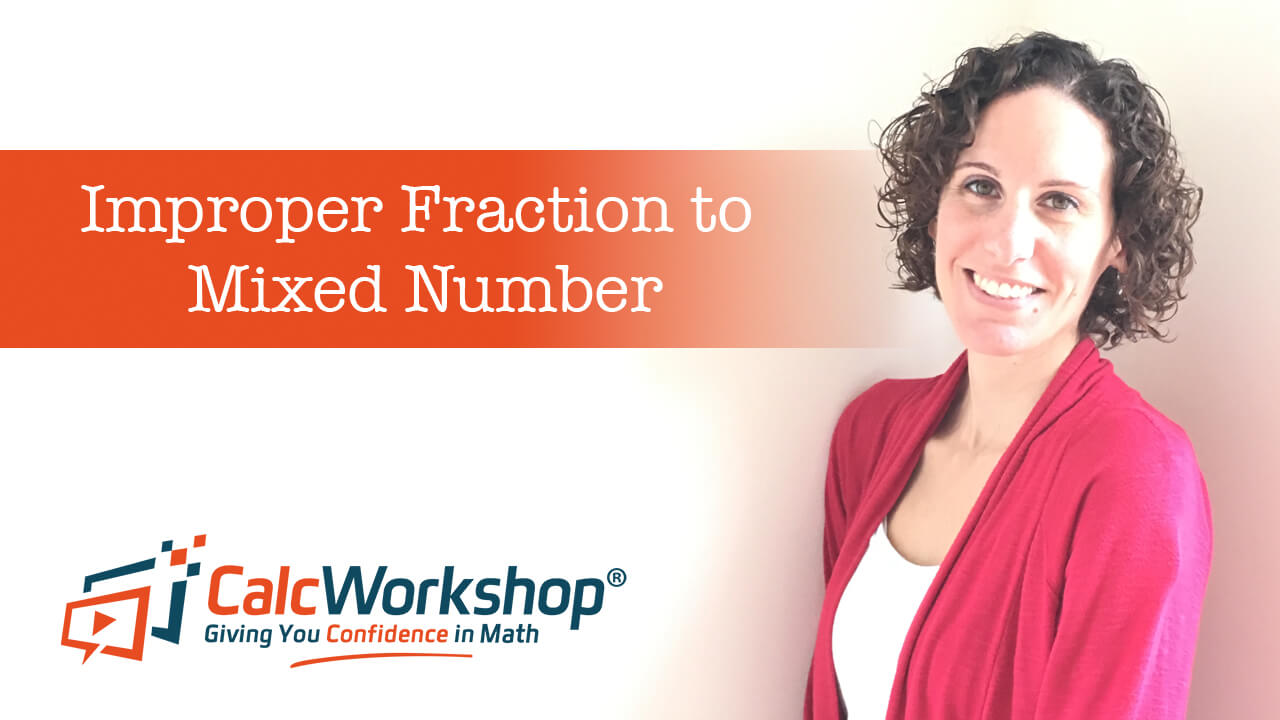
Jenn, Founder Calcworkshop®, 15+ Years Experience (Licensed & Certified Teacher)
Great question!
Because that’s what we’re covering today with 22 step-by-step examples!
Let’s go!
Math Fractions
But first, let’s remind ourselves about fractions.
A fraction tells us how items are divided, and we think of fractions as the part over the whole.
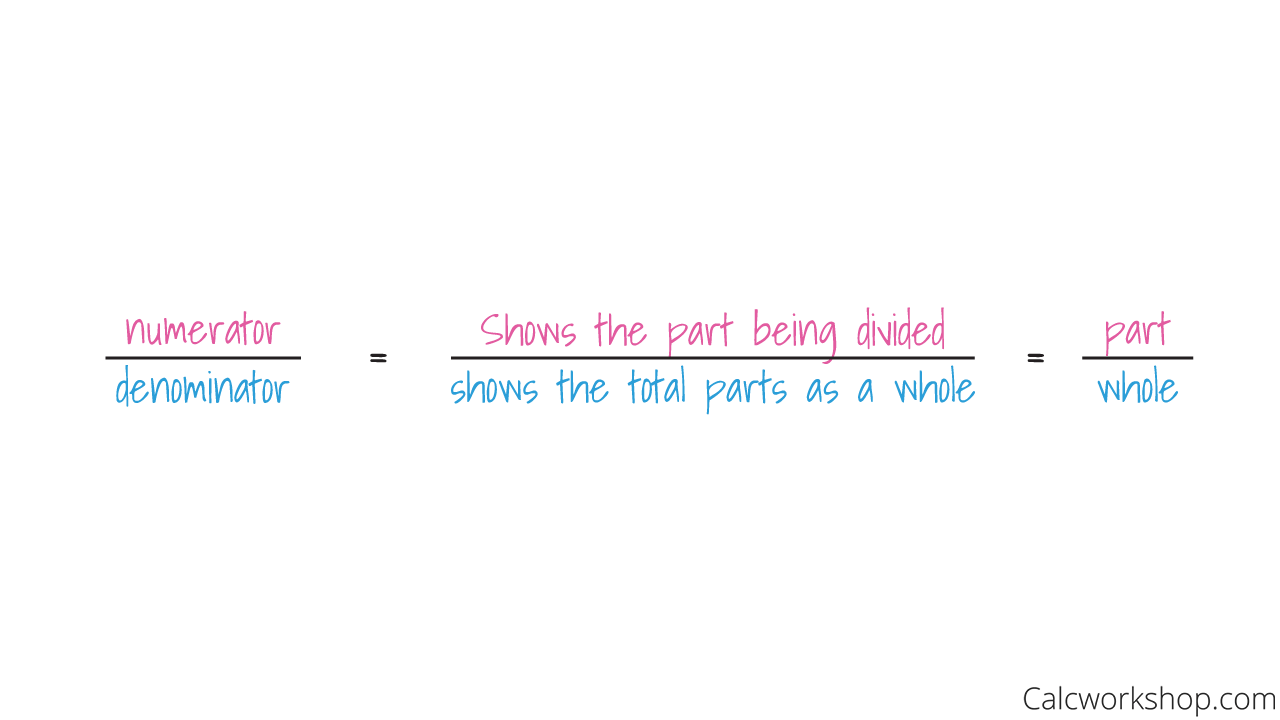
Part To Whole — Definition
The numerator, which is the number on the top, indicates the part being counted. And the denominator, which is the number on the bottom, shows the total parts as a whole.
This means that depending on what we are counting, or what we want to show, our numerator may change.
Visual Example
For instance, look at the following image. The fractions are different depending on whether we want to count the shaded region or the non-shaded region.
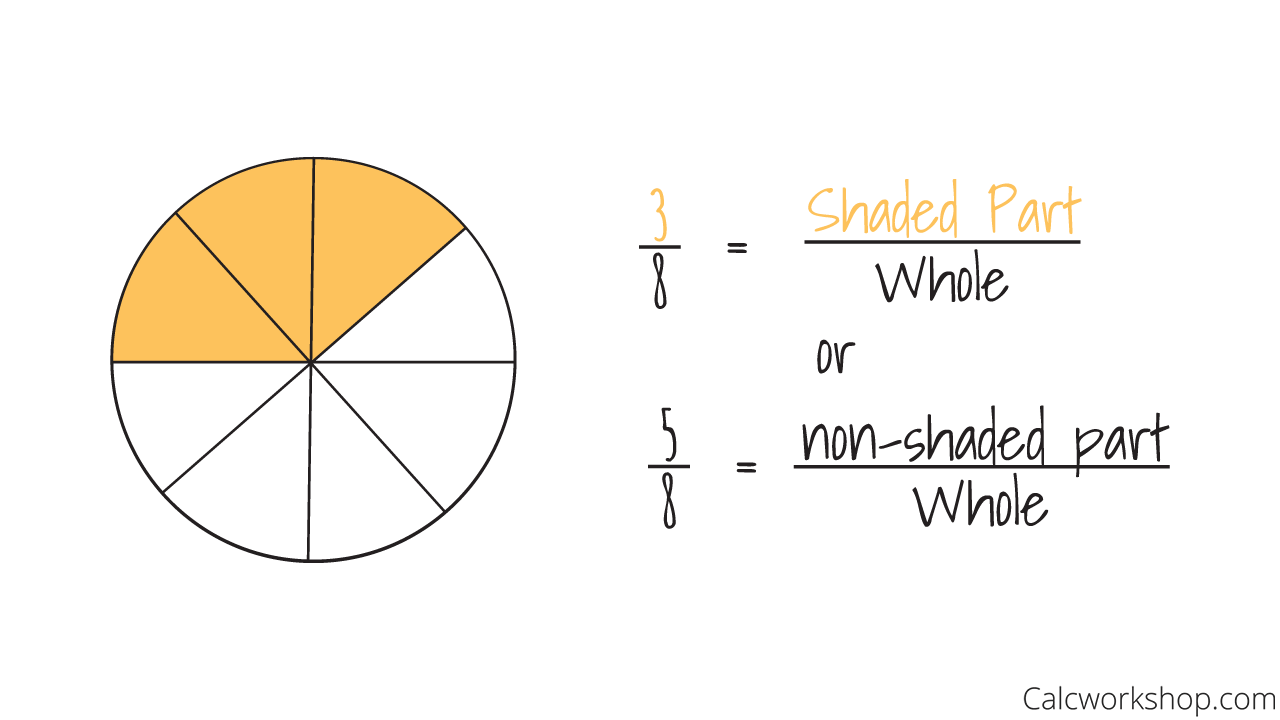
Visualizing Fractions
Fraction Vocabulary
There are three major types of fractions: proper fractions, improper fractions, mixed fractions. And it’s important to know the similarities and differences between each classification, so we can easily transform fractions from one type to another.
Let’s look at each type more closely.
Proper Fraction Definition
- n = numerator
- d = denominator
Then this means that a proper fraction is when:
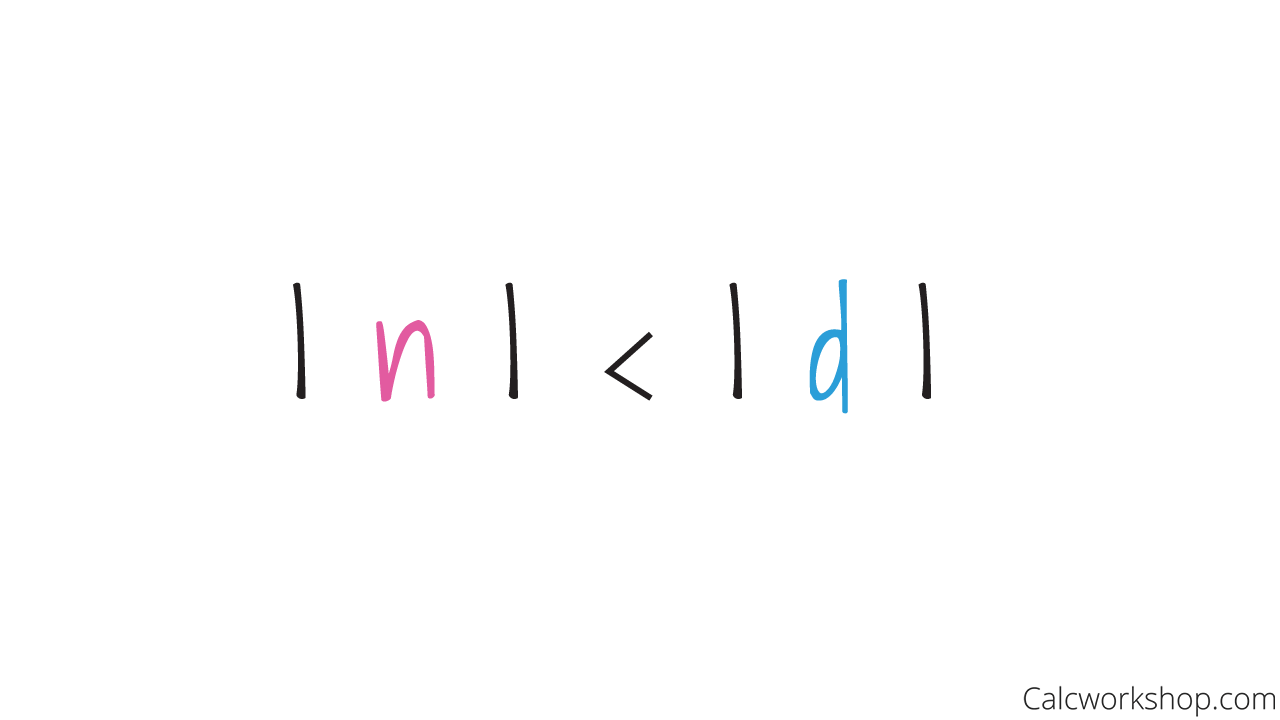
Numerator Smaller Than Denominator
Now, I’m sure you noticed that we have absolute value bars surrounding the n and d values.
Do we need them?
Well, eventually we will be working with both positive and negative numbers (yes, great things to come!), for now, just know that a proper fraction means the numerator is smaller than the denominator, and you can ignore the absolute value.
What Is An Improper Fraction
But as you know, not all fractions are proper, as you can see in the following instance.
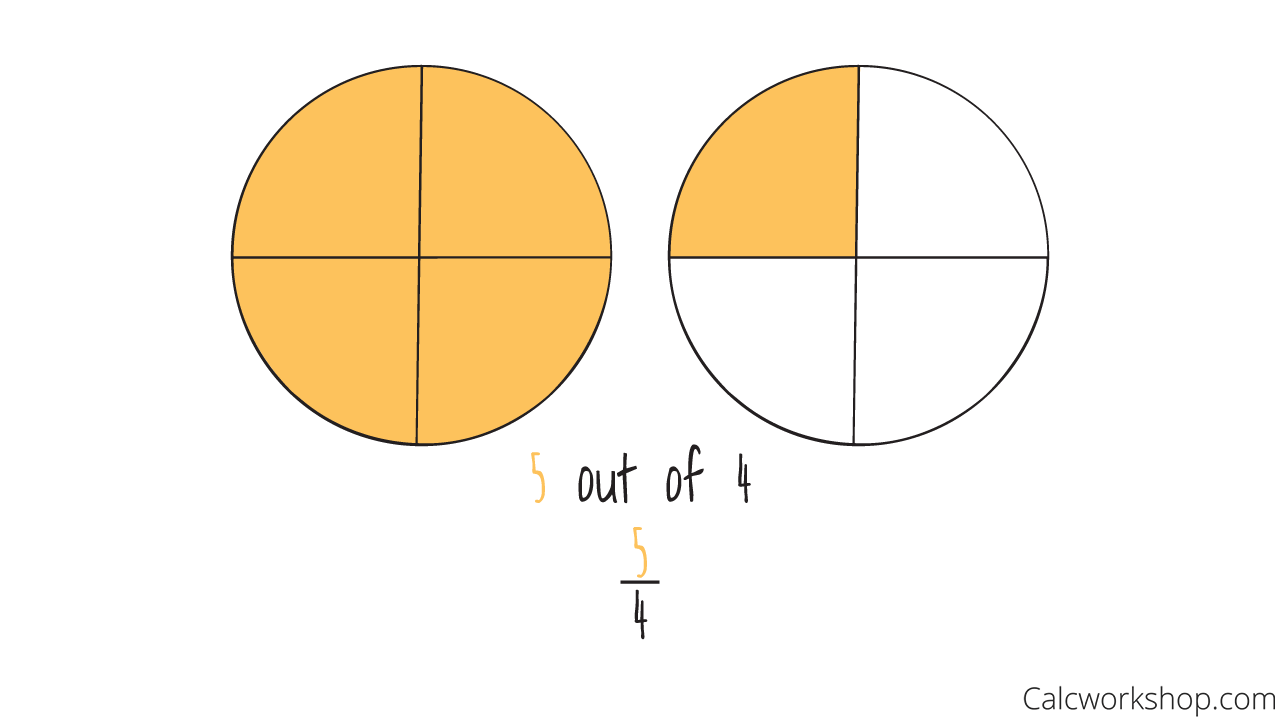
Improper Fraction — Definition
This picture shows that the denominator divides the numerator at least one time — resulting in an improper fraction.
- n = numerator
- d = denominator
Then an improper fraction is when:
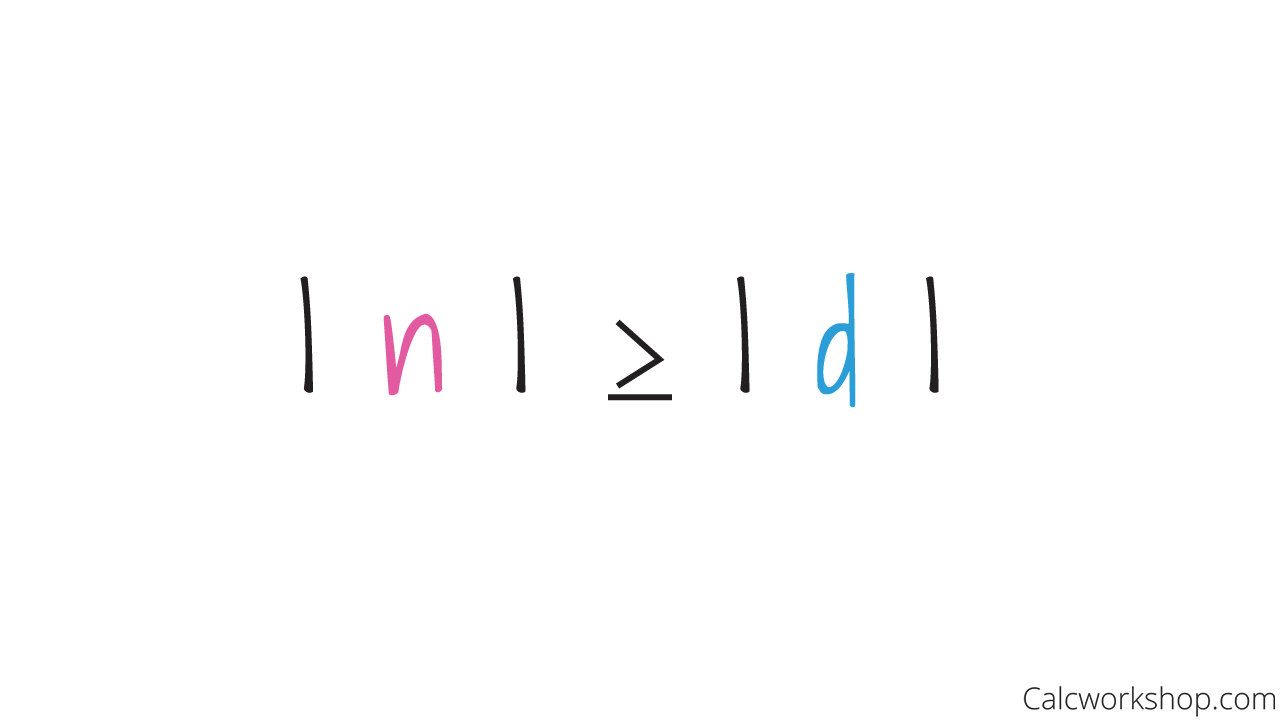
Numerator Greater Than Denominator
And once again, while we are currently only considering positive numbers at this point in our study, please know that eventually, we will be dealing with negative numbers too, so that’s why we see the absolute value symbols.
But don’t worry, the process and concept are the same. If the numerator is bigger than or equal to the denominator, it’s an improper fraction.
What Is A Mixed Number
Now it’s time to see how improper fractions are related to mixed numbers.
Using the problem above, notice that we could have easily said 5/4 is the same as 1 and 1/4.
In fact, a whole number or mixed number is considered the simplest form of an improper fraction.
Moreover, this means that the improper fraction is equivalent to the mixed number, and visa-versa, as they have the same value as discussed on Splash Learn.
And being able to go back and forth between a mixed number and an improper fraction is an essential skill.
Why?
Because you will often find, as you get to Algebra and other higher-level math courses, that it is easier to work with improper fractions rather than mixed numbers, so mastering this skill now is extremely important.
How To Turn An Improper Fraction Into A Mixed Number
So, how do you convert a fraction into its equivalent mixed number or whole number?
Steps
- First, divide the numerator by the denominator using long division, to identify our quotient and remainder.
- Second, place the remainder over the denominator and add it to our quotient.
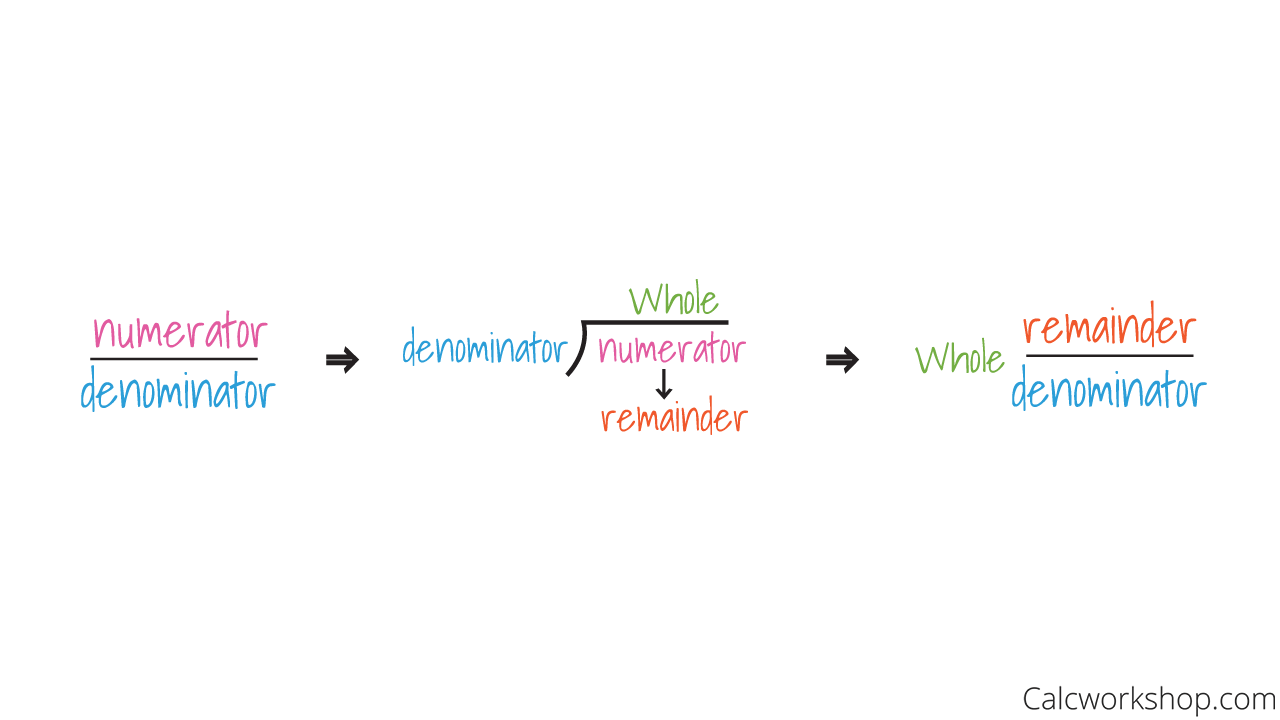
How To Convert an Improper Fraction To a Mixed Number
Solved Example
For this question, let’s rewrite the fraction 11/5 as a mixed number.
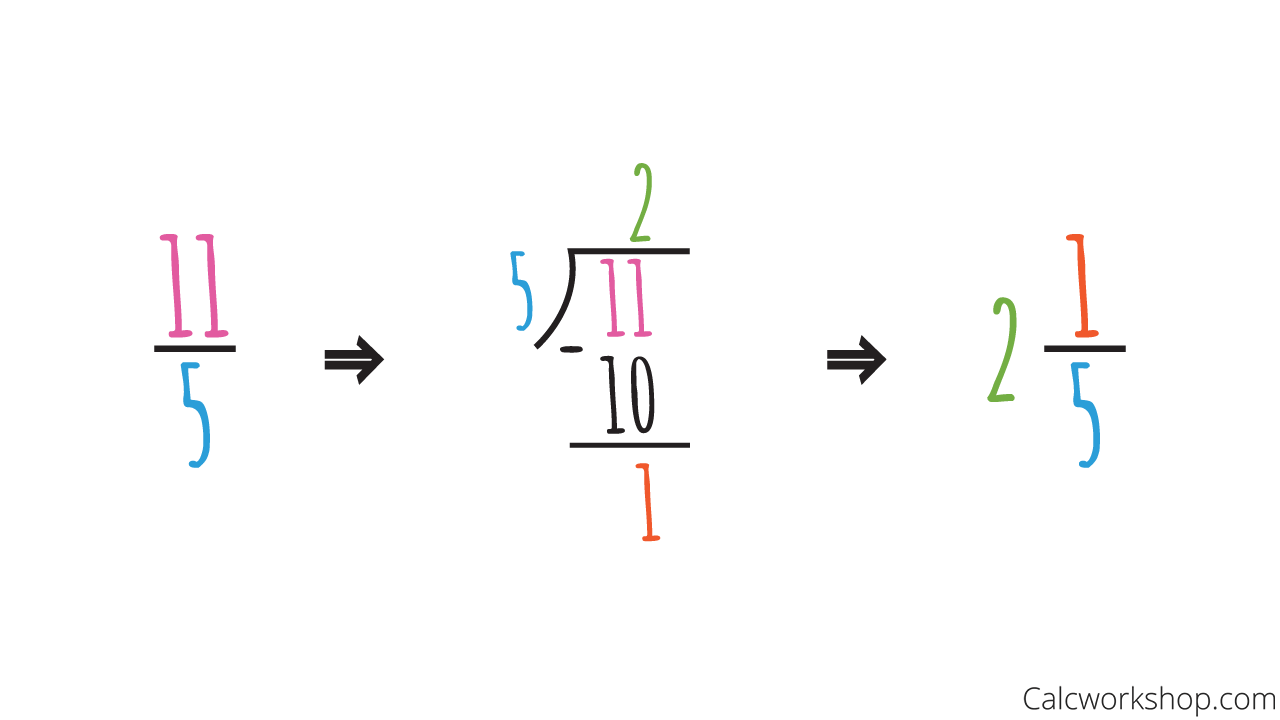
Improper Fraction To Mixed Number — Example
This shows us that 11/5 is equivalent to 2 and 1/5.
How To Change A Mixed Number Into An Improper Fraction
Okay, so now let’s go the other way and convert mixed numbers into improper fractions.
Steps
- First, take the denominator and multiply it by the whole number.
- Second, add the numerator to the product.
In other words, we multiply and add!
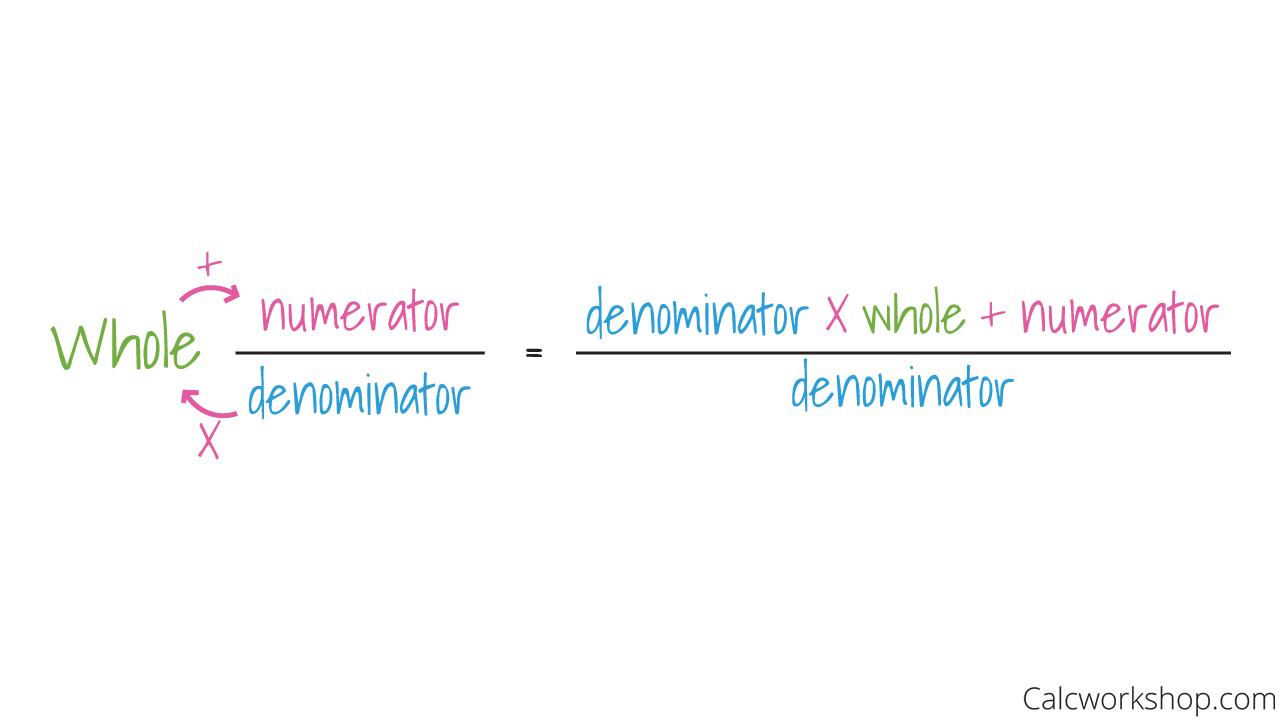
How To Convert a Mixed Number Into an Improper Fraction
Worked Example
For instance, let’s rewrite the mixed number 3 and 1/4 as an improper fraction.
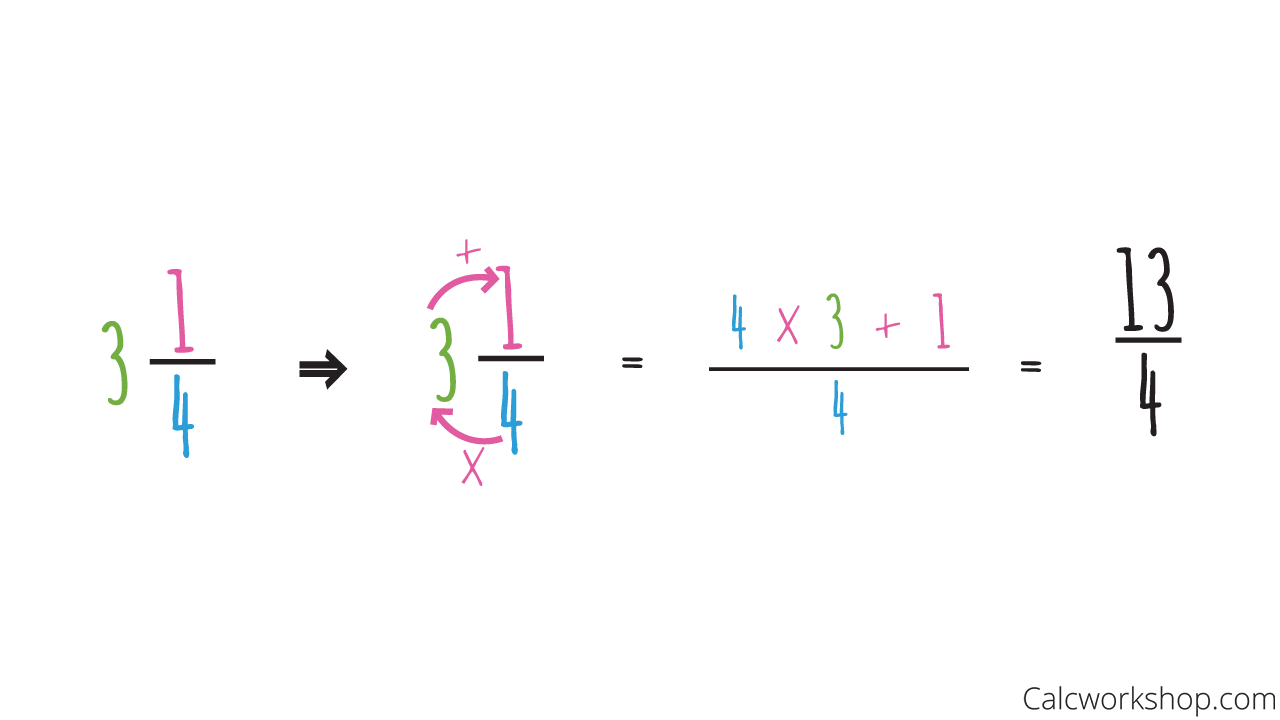
Mixed Number To Improper Fraction — Example
This means that 3 and 1/4 are equivalent to 13/4.
Equivalent Fractions
What’s important to note is that equivalent fractions have different numerators and possibly different denominators, but they represent the same value or proportion of the whole.
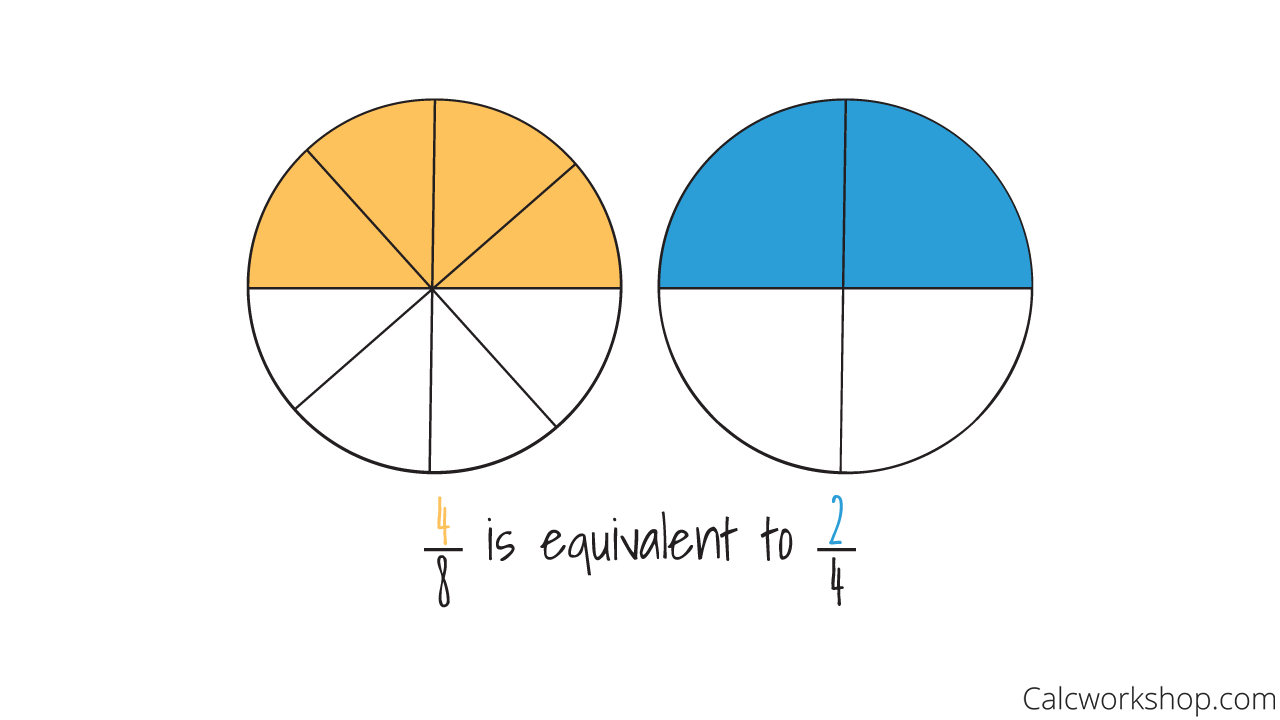
Equivalent Fractions — Definition
Let’s look at a few examples of some equivalent fractions.
Detailed Example
Suppose we are given the fraction 5/9 and we want to transform this fraction so that we have a new denominator of 18. How do we do this?
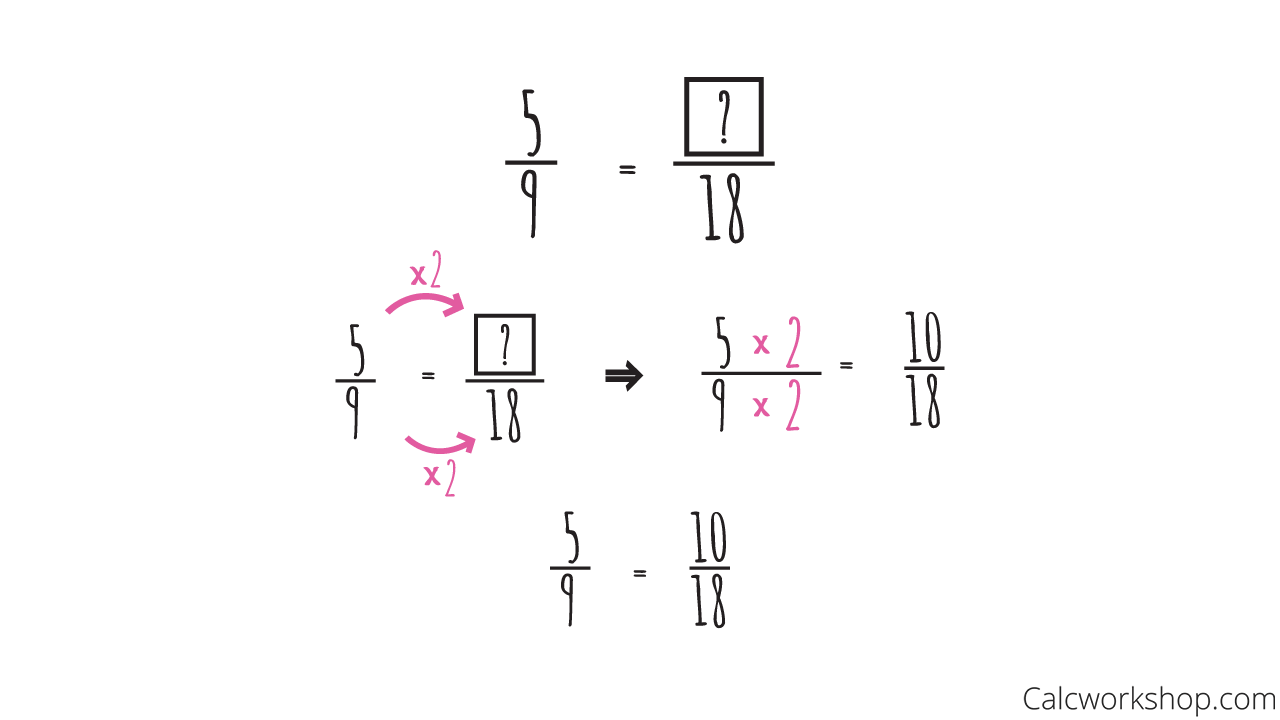
Multiply To Find Equivalent Fractions — Example
Worked Example
Suppose we are given the fraction 16/24 and wish to simplify or reduce this fraction so that our denominator is the value of 3. What do we do?
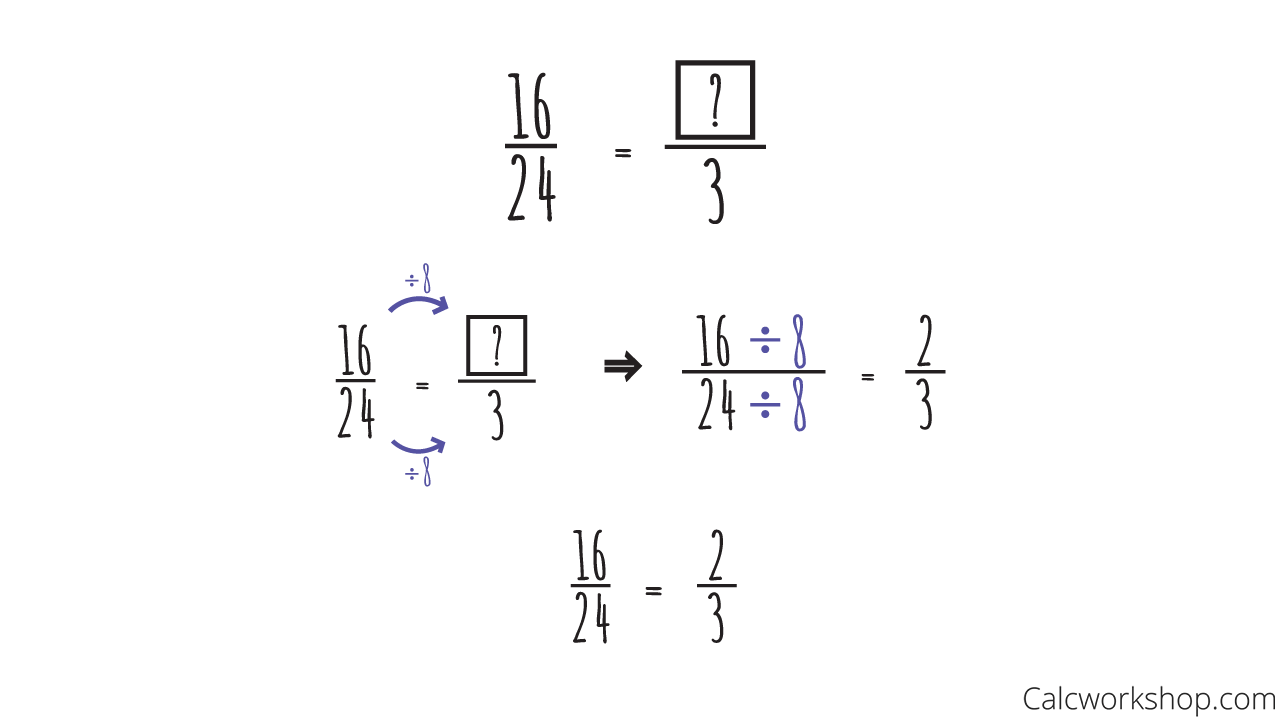
Equivalent Fractions Division — Example
And that’s it!
Using countless problems, we will look at:
- Whole Number Fractions
- Mixed Number Fractions
- Improper Fraction
- Equivalent Fractions
And learn how to convert between the improper and mixed number with ease.
Worksheet (PDF) — Hands on Practice
Put that pencil to paper in these easy to follow worksheets — expand your knowledge!
Improper Fraction To Mixed Number — Practice Problems
Improper Fraction To Mixed Number — Step-by-Step Solutions
Let’s do it!
Video Tutorial — Full Lesson w/ Detailed Examples
46 min
- Introduction to Video: Improper Fractions and Mixed Numbers
- 00:00:27 – What is a proper fraction, improper fraction, mixed number and whole number?
- 00:10:00 – How do you write a fraction as a mixed number?
- 00:12:51 – Change fractions to mixed or whole numbers (Examples #1-6)
- 00:22:37 – How do you write a mixed number as an improper fractions? (Examples #7-14)
- 00:31:03 – Finding equivalent whole numbers and fractions (Examples #15-19)
- 00:40:06 – Find the equivalent fraction (Examples #20-22)
- Practice Problems with Step-by-Step Solutions
- Chapter Tests with Video Solutions
Get access to all the courses and over 450 HD videos with your subscription
Monthly and Yearly Plans Available
Still wondering if CalcWorkshop is right for you?
Take a Tour and find out how a membership can take the struggle out of learning math.